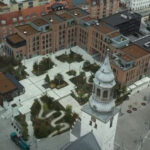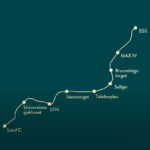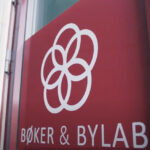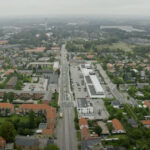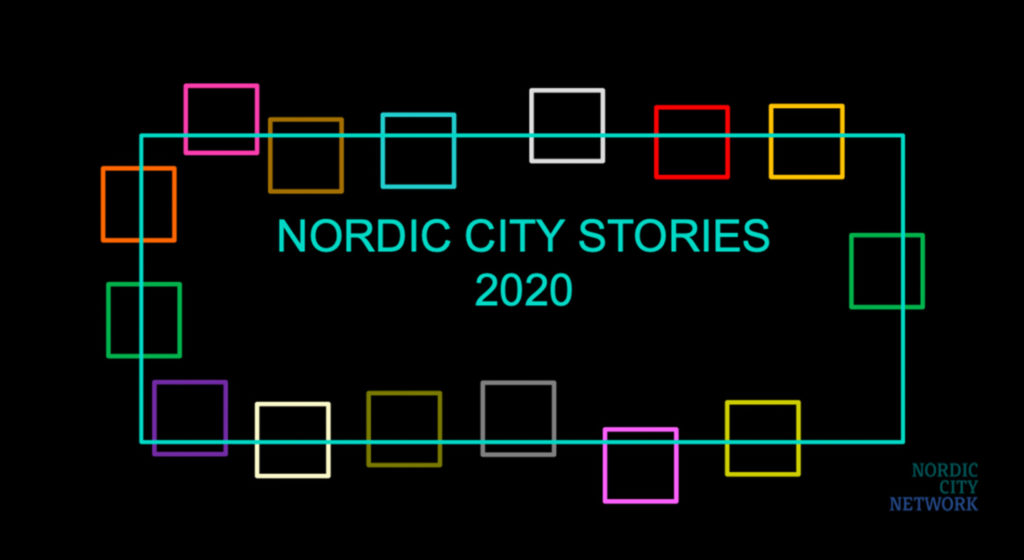
The art of storytelling in city making
When we tell stories, we engage with each other. Stories are created to evoke feelings and opinions and have the power to be immersive and invite people to take part. Storytelling forges connections among people, and between people and ideas. Stories are used by leaders to influence and inspire.
Stories are not fixed representations. Stories are open ended and may have many interpretations. The different interpretations can enrich discussions, but they also demand an acceptance of potential conflicts as an underlying premise.
In the pursuit of more sustainable, innovative, equitable, democratic and healthy cities we need to engage with as many different voices as possible. But it is easier said than done. The reality is that many voices are currently not being heard and considered in the process of developing and planning cities. Some are more inclined to have their voices heard, while others perhaps feel somewhat alienated. ‘What does this have to do with me?’ But how can the development of the Nordic cities not only be a question for the few but how can it become a relevant matter for more?
This is a collection of stories from 15 Nordic cities. As part of the Nordic City Lab process the idea of creating stories was initiated to support participation and co-creation by:
Seeing
Can we begin to look at our cities in new, more active ways? How can we shed light on aspects rarely accounted for in the planning processes? How do we not only register things, but see in the sense of forming new insights of what goes on in our cities?
Understanding
How can people begin to understand the forces and mechanisms of cities in different ways? How do city development processes work? How is it possible to grasp the complexity that faces cities these days? And how does that relate to me, my community, organization? Does each city have a special soul or DNA? And how is this played out and can be used in the city making process?
Changing
How can these new ways of looking and understanding the city evoke ideas for action? How can they invite different people to become actively engaged not only in their private matters, but in things that matter more broadly to the community and the city that they are part of?
The stories created by the member cities of Nordic City Network are told by people who are all professionally engaged in the planning of their local city but they are not traditional plan documents or vision papers; the format is different.
The idea is to spark interest among those that might not normally engage actively in discussions about urban development and planning and to focus on aspects of what a city is that are normally not displayed and focused on in strategic planning documents.
The stories represent an invitation for conversation – both locally in each of the 14 cities but also to others who might take an interest in and have a stake in the development of cities. While these stories on the one hand can function as city branding, they can also – hopefully – work as invitations for participation.
In Lillestrøm and Hørsholm we see examples of communicating and making planning documents more accessible, as a way to hopefully increase a broader awareness as well as support for the ideas and visions of how the local politicians and city administration envisions the cities to develop in the future.
Other cities – like Aalborg, Lund and Tórshavn – provide concrete examples and tell the story of important projects that embody key issues and aspirations of what is currently happening in the city.
Yet other cities are more explicitly seeking to create debate and demonstrate that indeed different perspectives and view-points co-exist such as in Esbjerg, where there is currently a local debate about how to transform the city to become a big city, and in Malmö where interviews have been carried out with different stakeholders to communicate some dilemmas related to participation and co-creation.
Finally, we see examples of cities where the purpose is to communicate about the DNA of the city, and how this DNA is informing current important urban projects (a new innovation district in Västerås or Portalen in Norrköping as an example of a long tradition of integration of newcomers and co-creation) or is being further developed to innovate new methods and approaches in the planning of a city (equality and social sustainability in neighborhood planning in Umeå).
Louise Vogel Kielgast, Nordic City Network’s Advisory Board
A sneak preview on 4 local city stories
AALBORG
Budolfi Plads – in the heart of Aalborg – has been transformed. (Language: Danish)
LUND
Kunskapsstråket (Language: Swedish)
TRONDHEIM
På Bøker og bylab ved Elgeseter kan du stikke innom å finne deg en bok, eller kanskje legge igjen en du er ferdig med? (Language: Norwegian)
